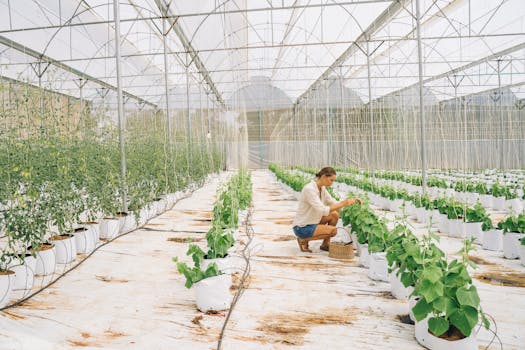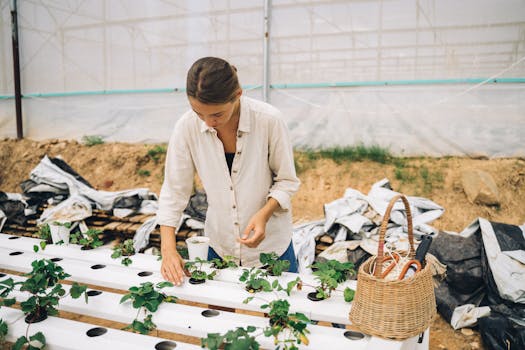
Sustainable Living: Emerging Trends for 2025 – Embracing a Greener Future
Sustainable Living is becoming increasingly important as the world grapples with the challenges of climate change, pollution, and resource depletion. As we look to the future, it’s clear that embracing a greener lifestyle is no longer a choice, but a necessity. In this article, we’ll explore the emerging trends in sustainable living for 2025, and provide tips on how to make a positive impact on the environment.
Section 1: Renewable Energy and Green Technology

One of the most significant trends in sustainable living for 2025 is the increased adoption of renewable energy sources, such as solar and wind power. Green technology is also playing a crucial role in reducing our carbon footprint, with innovations like energy-efficient appliances and smart home systems. For example, renewable energy sources are becoming more affordable and accessible, making it easier for individuals and businesses to make the switch.
Some of the key benefits of renewable energy include reduced greenhouse gas emissions, lower energy costs, and increased energy independence. As the technology continues to evolve, we can expect to see even more efficient and cost-effective solutions for sustainable energy production.
Section 2: Zero-Waste Living and Sustainable Consumption

Another important trend in sustainable living for 2025 is the shift towards zero-waste living and sustainable consumption. This includes reducing our use of single-use plastics, buying in bulk, and choosing products with minimal packaging. For instance, zero-waste living can significantly reduce the amount of waste sent to landfills, and help to conserve natural resources.
Some simple ways to adopt a zero-waste lifestyle include using reusable bags and containers, avoiding products with microbeads, and composting food waste. By making these small changes, we can collectively make a significant impact on reducing waste and promoting sustainable consumption.
Section 3: Sustainable Transportation and Eco-Friendly Travel

Sustainable transportation is also a key area of focus for sustainable living in 2025. This includes the use of electric and hybrid vehicles, as well as alternative modes of transportation like cycling and walking. For example, electric vehicles are becoming increasingly popular, with many countries investing in infrastructure to support their adoption.
Some of the benefits of sustainable transportation include reduced air pollution, lower greenhouse gas emissions, and improved public health. As the technology continues to evolve, we can expect to see even more efficient and sustainable transportation solutions.
Section 4: Sustainable Food Systems and Eco-Friendly Agriculture

Sustainable food systems are also a critical component of sustainable living in 2025. This includes the use of eco-friendly agricultural practices, reducing food waste, and promoting local and seasonal food systems. For instance, regenerative agriculture can help to improve soil health, biodiversity, and ecosystem services, while also reducing the environmental impact of farming.
Some simple ways to support sustainable food systems include buying locally sourced produce, reducing meat consumption, and using compost to fertilize gardens. By making these small changes, we can collectively promote more sustainable food systems and reduce our environmental footprint.
Section 5: Conclusion and Call to Action

In conclusion, sustainable living is becoming increasingly important as we look to the future. By embracing emerging trends like renewable energy, zero-waste living, sustainable transportation, and eco-friendly agriculture, we can collectively make a positive impact on the environment. We encourage everyone to take action and make sustainable living a part of their daily lives.





